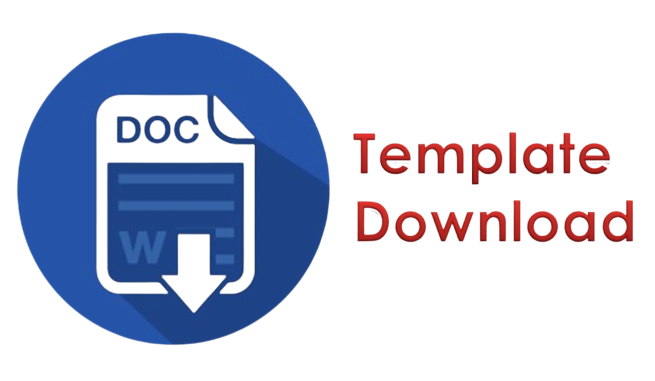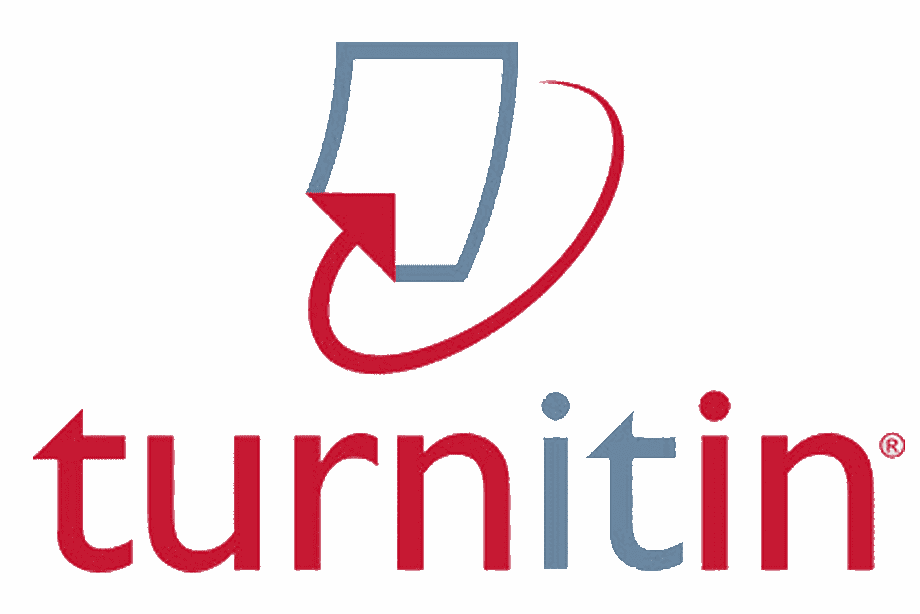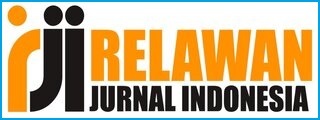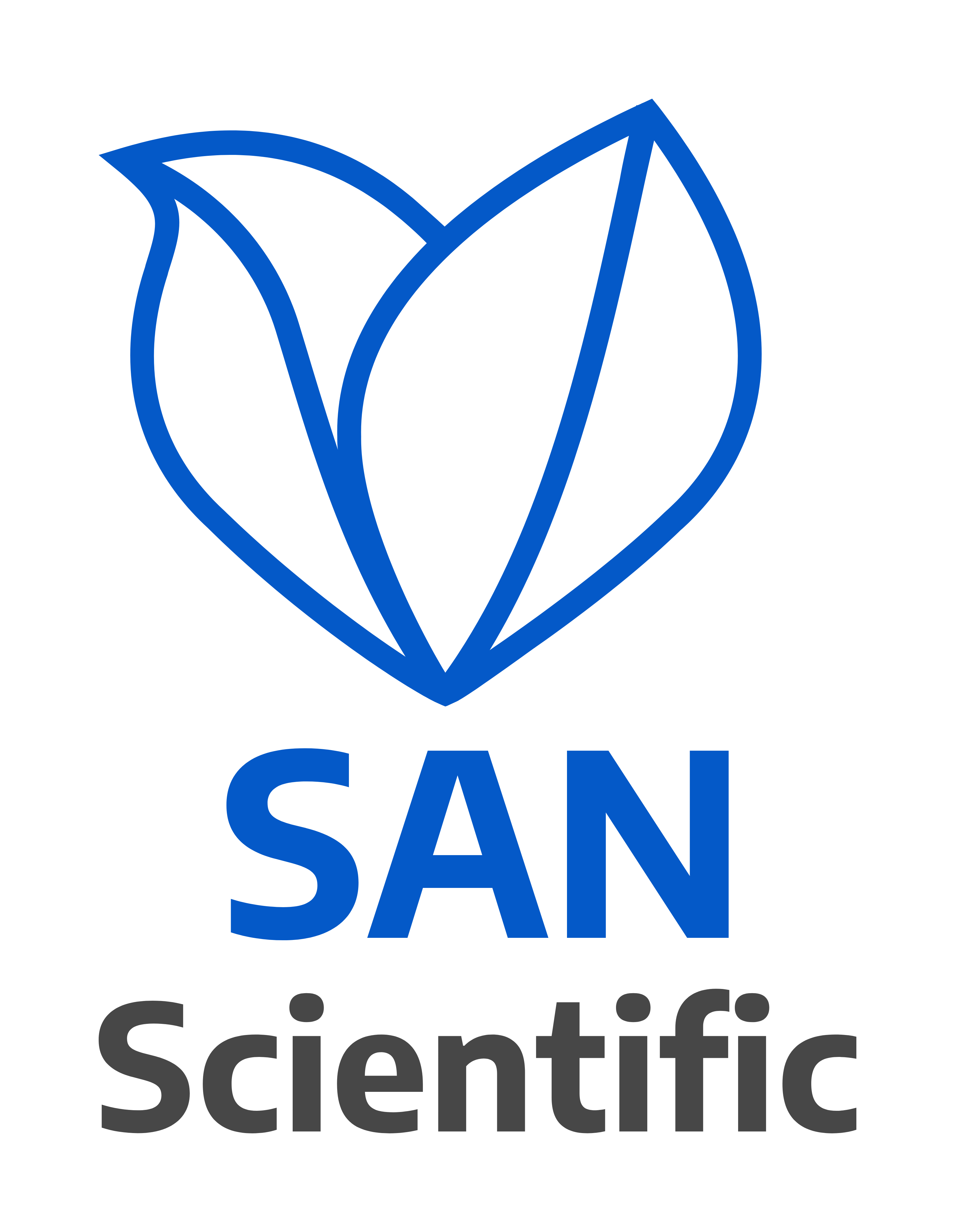Determinants of Employee Performance in Healthcare Organization: The Role of Work Environment, Workload, and Motivation
DOI:
https://doi.org/10.58777/hco.v1i1.118Keywords:
Employee performance, hospital, work environment, workload, work motivationAbstract
This study aims to determine the impact of work environment, workload, and work motivation on employee performance. The study focused on employees working at a hospital in Jakarta, and data was collected through a voluntary questionnaire from 112 respondents. The analytical method used was multiple linear regression, and hypothesis testing revealed that work environment, workload, and work motivation have a combined effect on healthcare employee performance. This study provides valuable insights for decision-makers in healthcare systems, health organizations, and government agencies to enhance the quality and efficiency of health services. It also highlights the importance of maintaining a favorable work environment, including the physical environment and workload, for employee well-being.
References
Adha, R. N., Qomariah, N., & Hafidzi, A. H. (2019). Pengaruh Motivasi Kerja, Lingkungan Kerja, Budaya Kerja Terhadap Kinerja Karyawan Dinas Sosial Kabupaten Jember. Jurnal Penelitian IPTEKS, 4(1), 47. https://doi.org/10.32528/ipteks.v4i1.2109
Ardestani-rostami et al.،. (2019). Evaluation of Workload and Performance of Nurses in ICUs of Teaching Hospitals of Tehran. Scientific Journal of Nursing, 4(3), 63–71.
Bloxsome, D., Ireson, D., Doleman, G., & Bayes, S. (2019). Factors associated with midwives’ job satisfaction and intention to stay in the profession: An integrative review. Journal of Clinical Nursing, 28(3–4), 386–399. https://doi.org/10.1111/jocn.14651
Destiani, W., Mediawati, A. S., & Permana, R. H. (2020). The Mental Workload Of Nurses In The Role Of Nursing Care Providers. Journal of Nursing Care, 3(1). https://doi.org/10.24198/jnc.v3i1.22938
Dhania, D. (2016). Pengaruh Stres Kerja, Beban Kerja Terhadap Kepuasan Kerja. Jurnal Psikologi Universitas Muria Kudus, 1(1). https://jurnal.umk.ac.id/index.php/PSI/article/viewFile/21/19
Jiménez Paneque, R., & Pavés Carvajal, J. R. (2015). Occupational hazards and diseases among workers in emergency services: a literature review with special emphasis on Chile. Medwave, 15(07), e6239–e6239. https://doi.org/10.5867/medwave.2015.07.6239
Kim, L. Y., Rose, D. E., Ganz, D. A., Giannitrapani, K. F., Yano, E. M., Rubenstein, L. V., & Stockdale, S. E. (2020). Elements of the healthy work environment associated with lower primary care nurse burnout. Nursing Outlook, 68(1), 14–25. https://doi.org/10.1016/j.outlook.2019.06.018
Krijgsheld, M., Tummers, L. G., & Scheepers, F. E. (2022). Job performance in healthcare: a systematic review. BMC Health Services Research, 22(1), 149. https://doi.org/10.1186/s12913-021-07357-5
Kurniawidjaja, L. M. (2016). Teori dan Aplikasi Kesehatan Lingkungan Kerja. UI Press.
Lake, E. T., Sanders, J., Duan, R., Riman, K. A., Schoenauer, K. M., & Chen, Y. (2019). A Meta-Analysis of the Associations Between the Nurse Work Environment in Hospitals and 4 Sets of Outcomes. Medical Care, 57(5), 353–361. https://doi.org/10.1097/MLR.0000000000001109
Luu, T. T., Rowley, C., Dinh, C. K., Qian, D., & Le, H. Q. (2019). Team Creativity in Public Healthcare Organizations: The Roles of Charismatic Leadership, Team Job Crafting, and Collective Public Service Motivation. Public Performance & Management Review, 42(6), 1448–1480. https://doi.org/10.1080/15309576.2019.1595067
Najib, M. Y. (2020). Pengaruh beban kerja dan lingkungan kerja terhadap kinerja karyawan dimediasi oleh kepuasan kerja pada UMKM Maju Makmur Pandaan [Universitas Islam Negeri Maulana Malik Ibrahim]. http://etheses.uin-malang.ac.id/18193/
Nunnally, B., & Bernstein, I. . (1994). Psychometric Theory. Oxford Univer.
Pawirosumarto, S., Sarjana, P. K., & Gunawan, R. (2017). The effect of work environment, leadership style, and organizational culture towards job satisfaction and its implication towards employee performance in Parador Hotels and Resorts, Indonesia. International Journal of Law and Management, 59(6), 1337–1358. https://doi.org/10.1108/IJLMA-10-2016-0085
Pourteimour, S., Yaghmaei, S., & Babamohamadi, H. (2021). The relationship between mental workload and job performance among Iranian nurses providing care to COVID‐19 patients: A cross‐sectional study. Journal of Nursing Management, 29(6), 1723–1732. https://doi.org/10.1111/jonm.13305
Robbins, S. P., Judge, T. A., & Millett, B. (2015). OB: The essentials. Pearson Higher Education AU.
Rostami, F., Babaei-Pouya, A., Teimori-Boghsani, G., Jahangirimehr, A., Mehri, Z., & Feiz-Arefi, M. (2021). Mental Workload and Job Satisfaction in Healthcare Workers: The Moderating Role of Job Control. Frontiers in Public Health, 9. https://doi.org/10.3389/fpubh.2021.683388
Simamora. (2016). Manajemen Sumber Daya Manusia. STIE YKPN.
Ștefan, S. C., Popa, Ștefan C., & Albu, C. F. (2020). Implications of Maslow’s Hierarchy of Needs Theory on Healthcare Employees’ Performance. Transylvanian Review of Administrative Sciences, 59 E, 124–143. https://doi.org/10.24193/tras.59E.7
Sun, J., Sarfraz, M., Ivascu, L., Iqbal, K., & Mansoor, A. (2022). How Did Work-Related Depression, Anxiety, and Stress Hamper Healthcare Employee Performance during COVID-19? The Mediating Role of Job Burnout and Mental Health. International Journal of Environmental Research and Public Health, 19(16), 10359. https://doi.org/10.3390/ijerph191610359
Wei, H., Sewell, K. A., Woody, G., & Rose, M. A. (2018). The state of the science of nurse work environments in the United States: A systematic review. International Journal of Nursing Sciences, 5(3), 287–300. https://doi.org/10.1016/j.ijnss.2018.04.010
Weinger, M. B., Reddy, S. B., & Slagle, J. M. (2004). Multiple Measures of Anesthesia Workload During Teaching and Nonteaching Cases. Anesthesia & Analgesia, 1419–1425. https://doi.org/10.1213/01.ANE.0000106838.66901.D2
Downloads
Published
Issue
Section
Copyright (c) 2023 Alyaa Ayu Nur Wulandari, Siti Ruhana Dara

This work is licensed under a CC Attribution-ShareAlike 4.0
 Views: 354
|
Views: 354
|
 Downloaded: 373
Downloaded: 373










